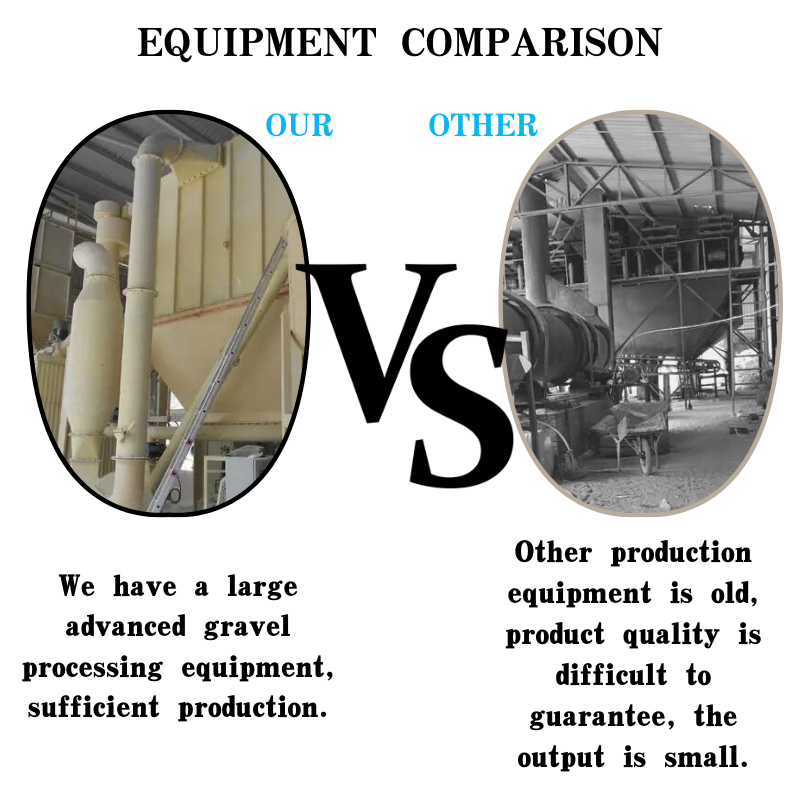
Choosing the Best Potting Soil with Vermiculite and Perlite for Your Indoor Plants
The Benefits of Potting Soil with Vermiculite and Perlite
When it comes to creating the ideal growing environment for plants, the type of potting soil you use plays a crucial role. Among various mixtures available, potting soil enhanced with vermiculite and perlite stands out for its superior properties that benefit both amateur and professional gardeners. Here, we explore the benefits of using potting soil with these two essential components and why manufacturers are increasingly integrating them into their products.
Understanding Vermiculite and Perlite
Before delving into their advantages, it is essential to understand what vermiculite and perlite are. Both are naturally occurring minerals that undergo a specific processing method to improve their characteristics for horticultural use.
- Vermiculite is a hydrated laminar mineral that expands when heated. This process creates lightweight, honeycomb-like granules known for their water retention capabilities. Vermiculite is rich in magnesium, potassium, and calcium, making it an excellent source of essential nutrients for plants.
- Perlite, on the other hand, is a volcanic glass that also expands when heated. Its primary function in potting soil is to improve aeration. The presence of perlite allows for better drainage, preventing root rot that often results from overly saturated soil.
Benefits of Potting Soil with Vermiculite and Perlite
potting soil with vermiculite and perlite manufacturer

1. Enhanced Water Retention One of the standout features of potting soil that includes vermiculite is its ability to hold moisture. For plants that thrive in consistently moist environments, this characteristic is vital. Vermiculite can absorb water, which is then gradually released to the plants, ensuring they have a steady supply of hydration without the risk of drying out too quickly.
2. Improved Aeration and Drainage While vermiculite retains moisture, perlite contributes to the overall aeration of the soil. It creates air pockets within the mix, allowing roots to breathe properly. This balance is critical because it helps prevent soil compaction, which can suffocate roots and stunt plant growth. Additionally, the drainage features help to eliminate excess water, which is crucial for preventing root disease.
3. Lightweight and Easy to Handle Potting soils with vermiculite and perlite are considerably lighter than traditional soils. This makes them easier for gardeners to handle and transport, especially when dealing with larger pots or numerous containers. The lightness also reduces the overall weight of potted plants, making them easier to move around.
4. Versatility Manufacturers of potting soil often emphasize the versatility of their products. A mixture containing both vermiculite and perlite is suitable for a wide range of plants, from delicate seedlings to established perennials. It is particularly beneficial for container gardening, hydroponics, and indoor plants, adapting well to various planting conditions.
5. Nutrient Retention Vermiculite not only aids in moisture retention but also provides a sustained release of essential nutrients. When combined with perlite, it ensures that nutrients are available to plants without the risk of leaching that can occur with overly free-draining soils.
Conclusion
The integration of vermiculite and perlite in potting soil has revolutionized gardening practices, offering practical solutions for modern plant care. Manufacturers have recognized the importance of these components, producing specialized mixes that cater to diverse gardening needs. As more gardeners seek efficient and effective growing mediums, potting soil with vermiculite and perlite remains a top choice, consistently proving its worth in nurturing healthy, thriving plants. Whether you're a seasoned horticulturist or a budding enthusiast, choosing the right potting soil can significantly influence your gardening success, making the combination of vermiculite and perlite an indispensable tool in your gardening arsenal.
Share
-
Premium Pigment Supplier Custom Solutions & Bulk OrdersNewsMay.30,2025
-
Top China Slag Fly Ash Manufacturer OEM Factory SolutionsNewsMay.30,2025
-
Natural Lava Rock & Pumice for Landscaping Durable Volcanic SolutionsNewsMay.30,2025
-
Custom Micro Silica Fume Powder Manufacturers High-Purity SolutionsNewsMay.29,2025
-
Custom Mica Powder Pigment Manufacturers Vibrant Colors & Bulk OrdersNewsMay.29,2025
-
Custom Micro Silica Fume Powder Manufacturers Premium QualityNewsMay.29,2025






